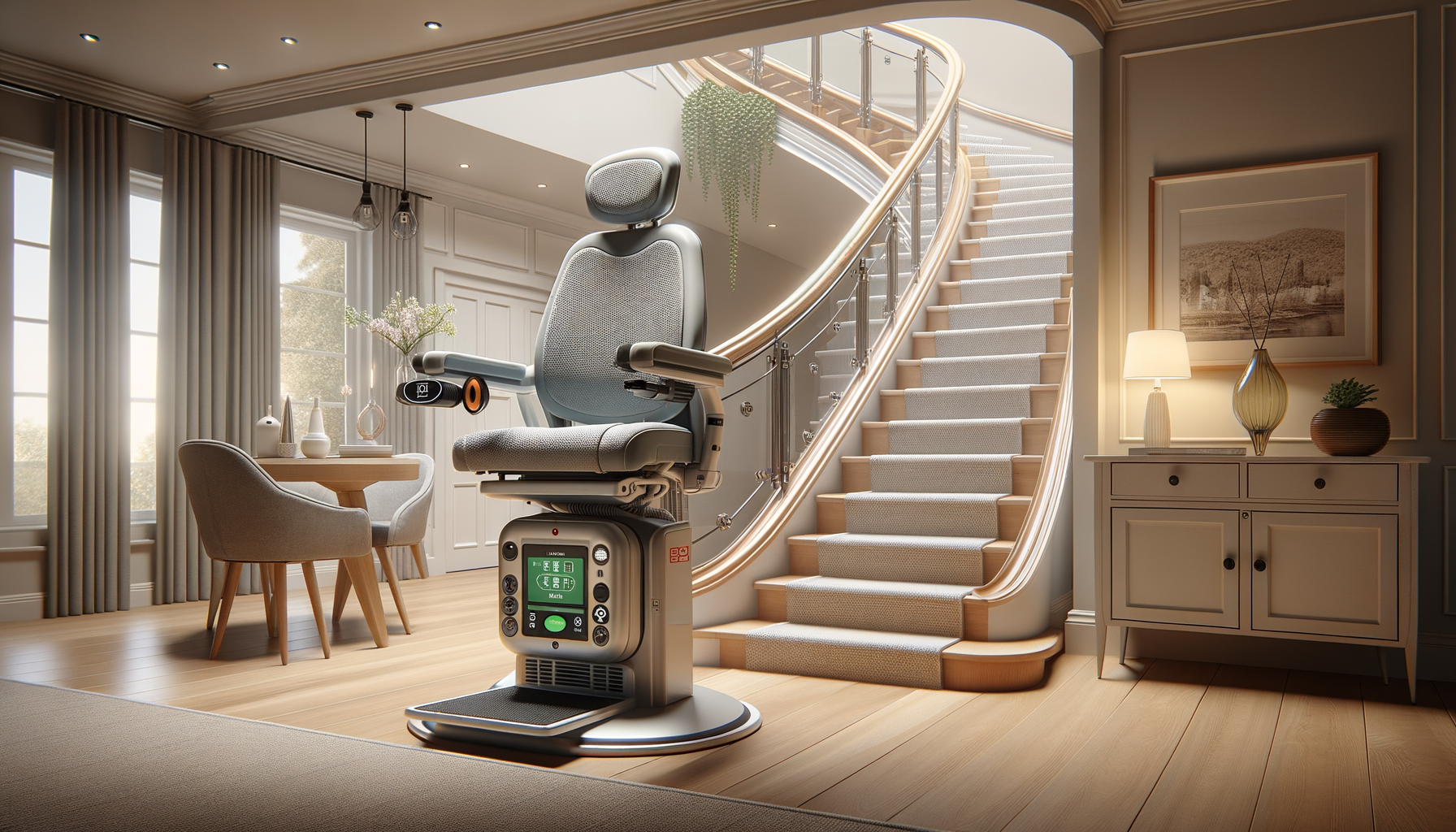Understanding Stair Lift Systems for Seniors
Stair lift systems offer an essential solution for seniors seeking to maintain independence and safety in their homes.

Introduction to Stair Lift Systems
As we age, mobility can become a significant concern, particularly when it comes to navigating the stairs in our homes. Stair lift systems offer an essential solution for seniors seeking to maintain independence and safety. These devices are designed to transport individuals up and down stairs with ease, reducing the risk of falls and enhancing quality of life. With the growing aging population, the relevance of stair lift systems has never been more pronounced.
Stair lift systems are not just about convenience; they are about providing a safe and reliable means of accessing different levels of a home. They can be a game-changer for seniors who wish to age in place, allowing them to stay in their beloved homes longer without compromising their safety. This article delves into the various aspects of stair lift systems, exploring types, features, installation considerations, and the benefits they bring to seniors.
Types of Stair Lift Systems
Stair lift systems come in various types, each designed to accommodate different stair configurations and user needs. The most common types include straight stair lifts, curved stair lifts, and outdoor stair lifts. Understanding these variations can help in selecting the right system for a specific home environment.
- Straight Stair Lifts: These are designed for staircases that do not have any curves or landings. They are typically the most straightforward to install and are often more affordable than their curved counterparts.
- Curved Stair Lifts: For staircases with curves, landings, or unusual shapes, curved stair lifts are the ideal choice. These lifts are custom-made to fit the specific dimensions and curves of the staircase, ensuring a seamless ride.
- Outdoor Stair Lifts: Designed to withstand the elements, outdoor stair lifts are perfect for exterior staircases. They are built with weather-resistant materials to ensure durability and safety in various weather conditions.
Choosing the right type of stair lift depends on the specific needs of the user and the architectural features of the home. Consulting with a professional can help determine the most suitable option.
Key Features and Considerations
When selecting a stair lift system, several key features and considerations should be taken into account to ensure it meets the user’s needs. These features can significantly impact the functionality and safety of the stair lift.
- Weight Capacity: It’s important to choose a stair lift that can safely support the user’s weight. Most models offer a range of weight capacities, so it’s crucial to select one that accommodates the user comfortably.
- Seat Design: Stair lifts come with various seat designs, including swivel seats for easier transfer, adjustable seat heights, and padded seats for comfort. Consider the user’s mobility and comfort needs when choosing a seat design.
- Safety Features: Look for stair lifts equipped with safety features such as seat belts, safety sensors, and emergency stop buttons. These features are crucial for preventing accidents and ensuring safe operation.
- Power Source: Stair lifts can be powered by batteries or electricity. Battery-operated lifts are beneficial during power outages, while electric lifts may offer continuous power without the need for recharging.
Considering these features can help ensure that the stair lift system chosen provides the highest level of comfort and safety for the user.
Installation and Maintenance
Installing a stair lift system requires careful planning and professional expertise to ensure safety and functionality. The installation process involves assessing the staircase, customizing the lift to fit the specific dimensions, and securely mounting it to the stairs.
Professional installation is recommended to ensure that the stair lift is installed correctly and safely. Installers will also provide guidance on operating the lift and performing routine maintenance to keep it in optimal condition. Regular maintenance is essential to prolong the lifespan of the stair lift and to ensure it operates smoothly.
Maintenance tasks may include checking the battery life, inspecting the track for obstructions, and ensuring all safety features are functioning properly. Most manufacturers offer maintenance packages or warranties that cover routine service and repairs, providing peace of mind to users.
Benefits of Stair Lift Systems for Seniors
The benefits of stair lift systems for seniors extend beyond mere convenience. They offer a profound impact on the quality of life, providing safety, independence, and peace of mind.
One of the primary benefits is enhanced safety. Stair lifts significantly reduce the risk of falls, which are a common cause of injury among seniors. By providing a secure means of navigating stairs, these systems help prevent accidents and promote confidence in mobility.
Stair lifts also support independence by allowing seniors to access all areas of their homes without assistance. This independence is crucial for maintaining dignity and a sense of control over one’s environment. Additionally, stair lifts can be a cost-effective alternative to moving to a single-story home or assisted living facility.
Furthermore, stair lifts can be customized to meet individual needs, ensuring comfort and usability. With the ability to choose from various features and designs, seniors can find a stair lift system that perfectly suits their lifestyle and home.
In summary, stair lift systems are an invaluable investment for seniors, offering safety, independence, and enhanced quality of life. By understanding the different types, features, and benefits, individuals can make informed decisions about incorporating these systems into their homes.